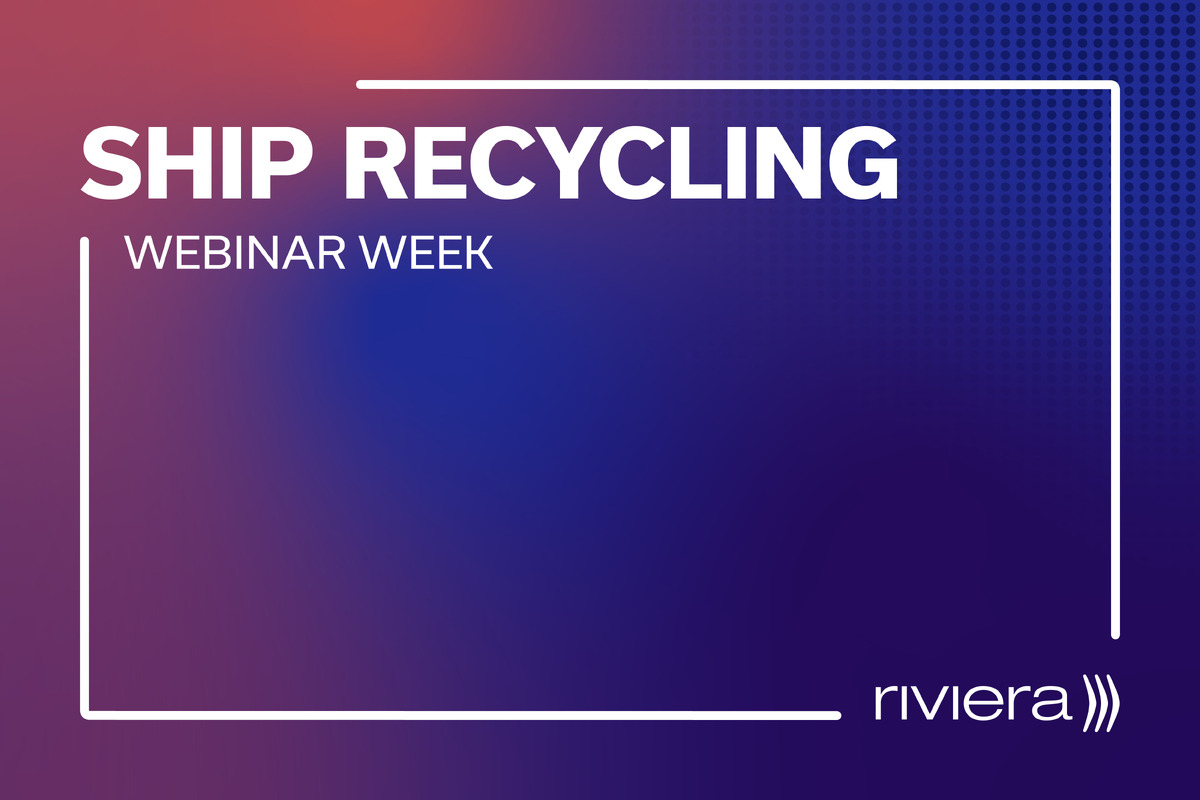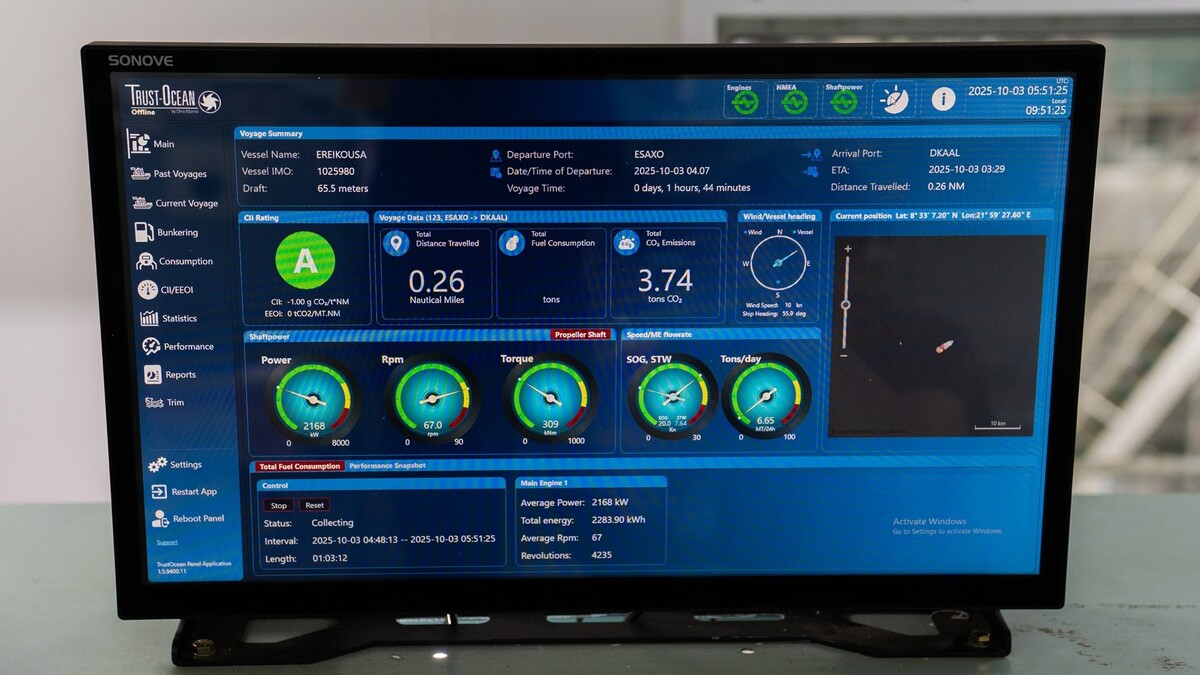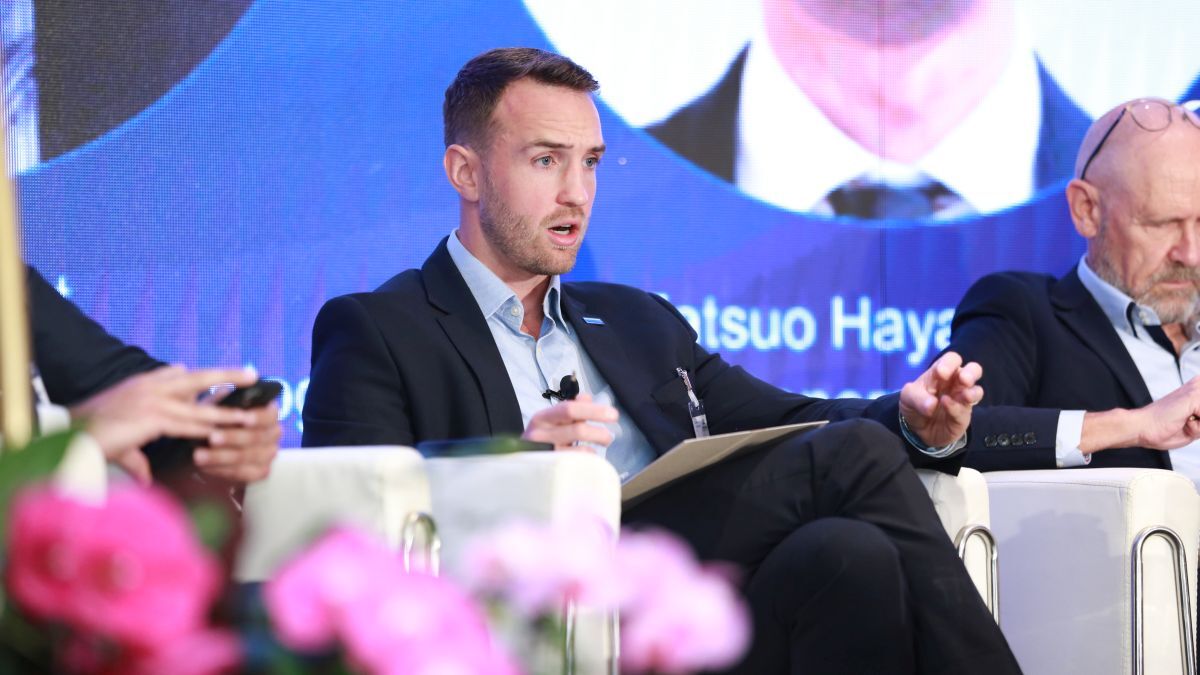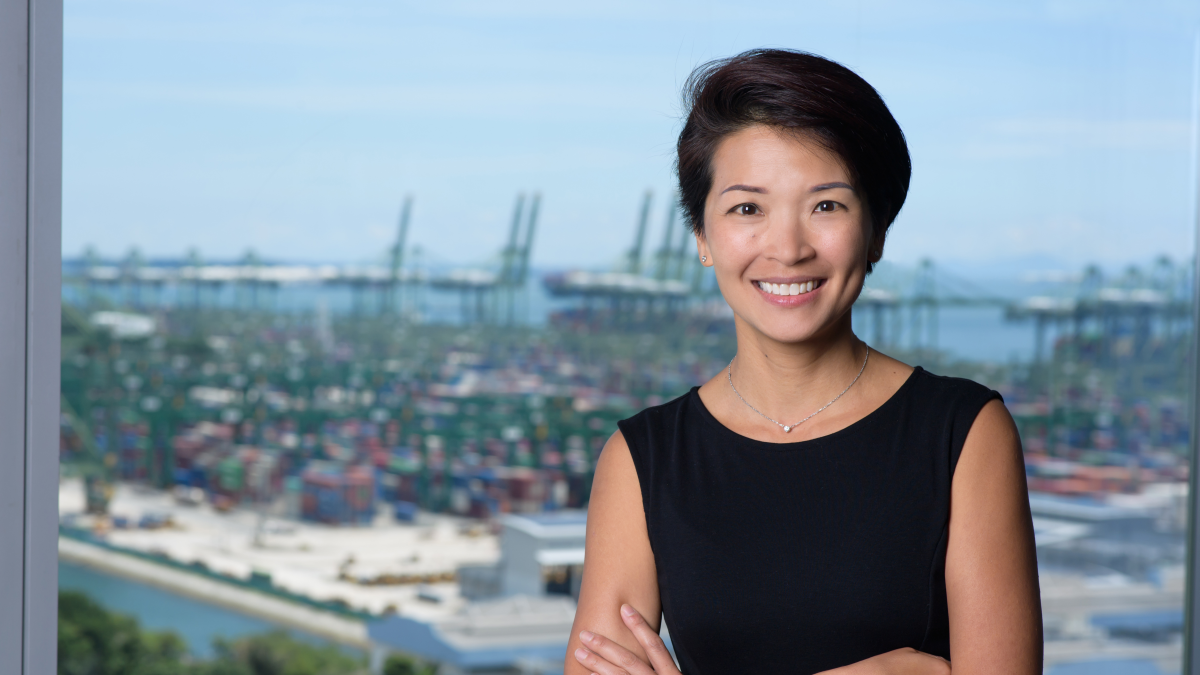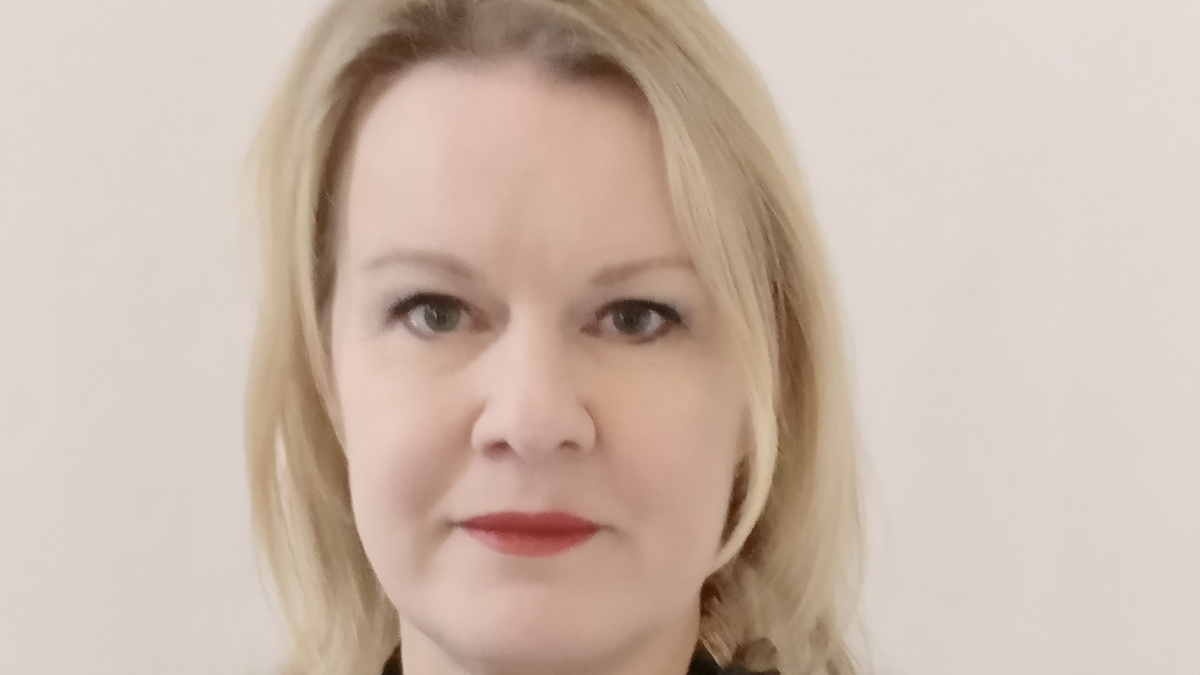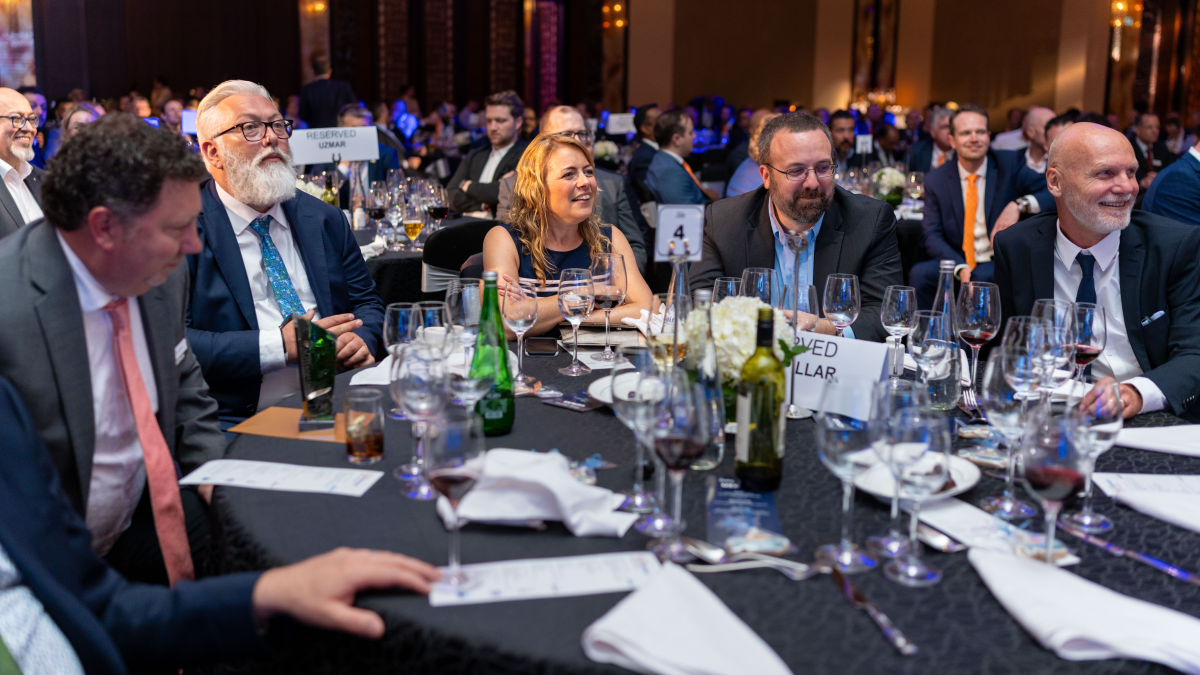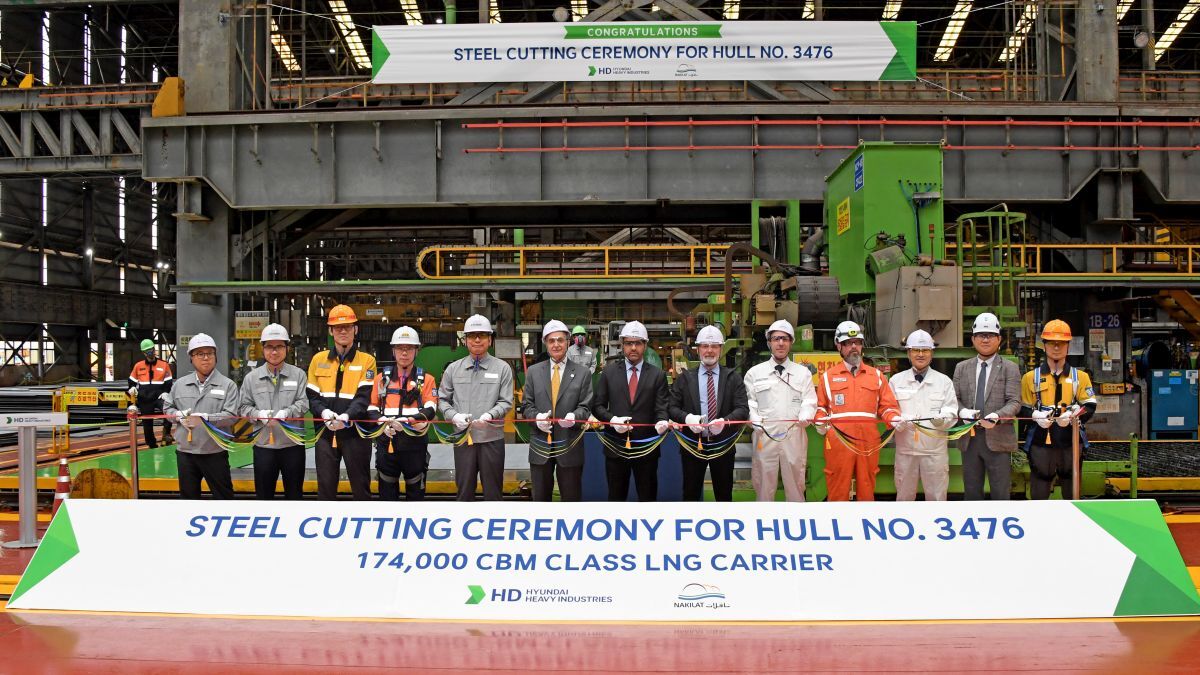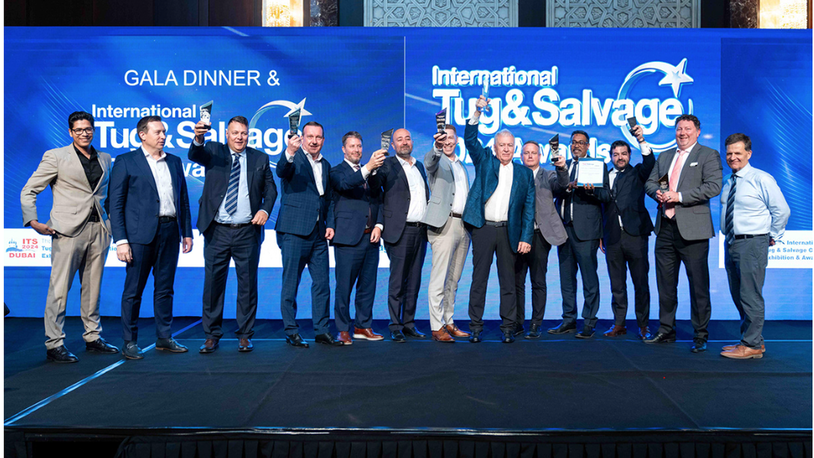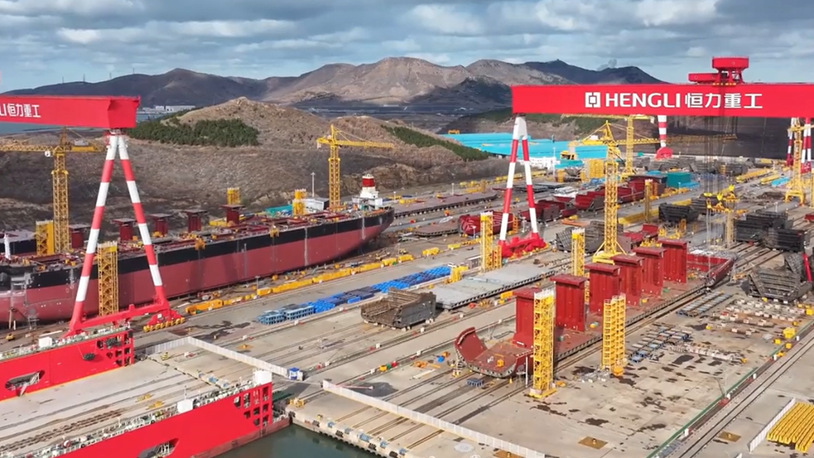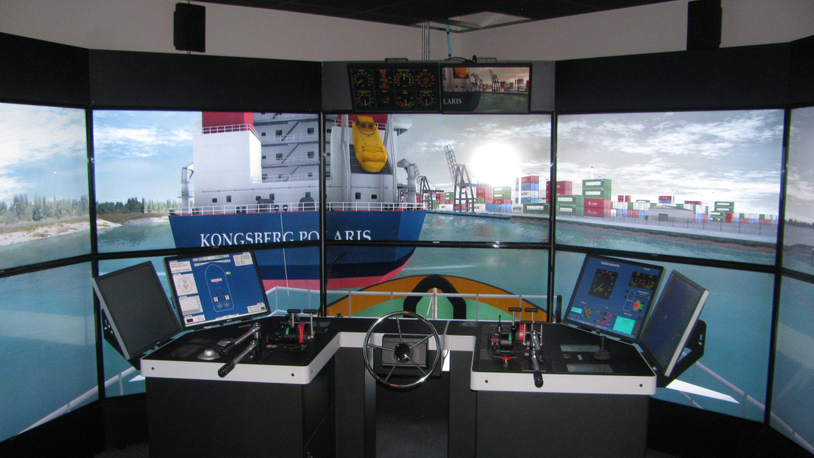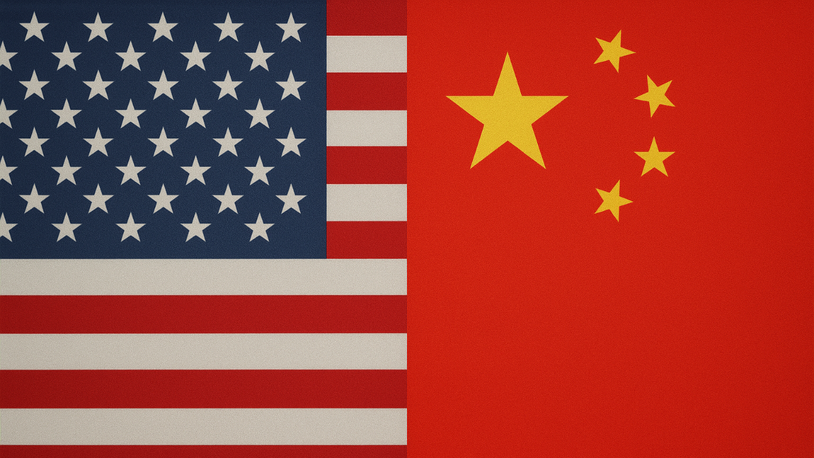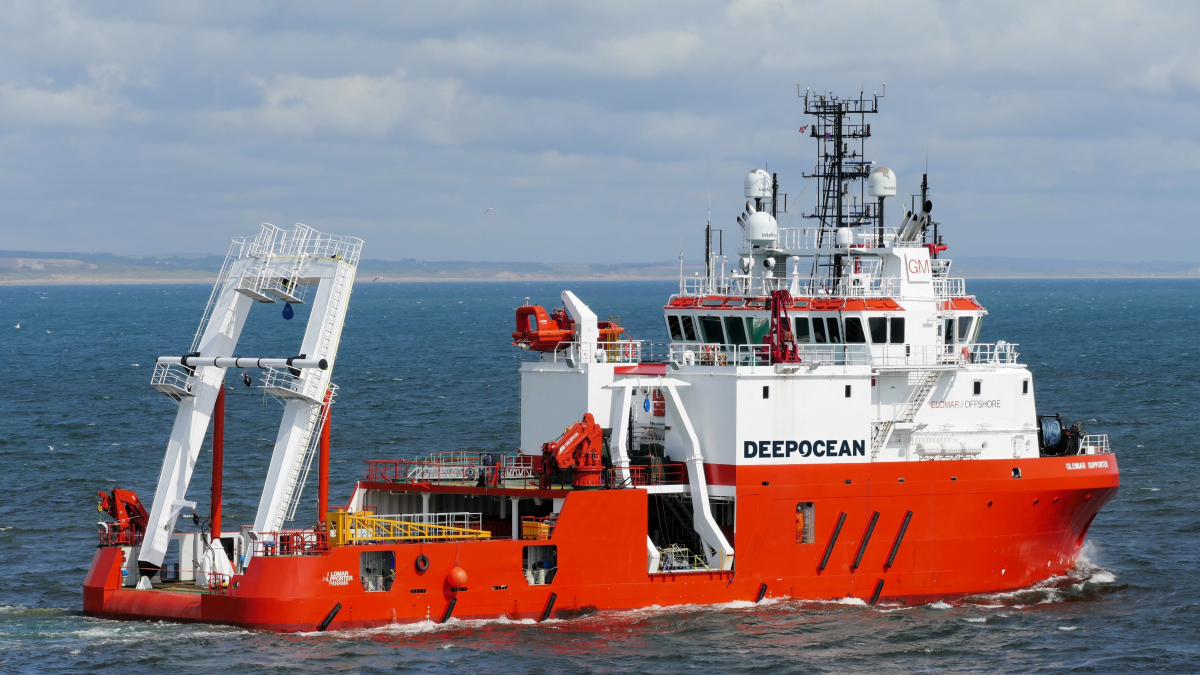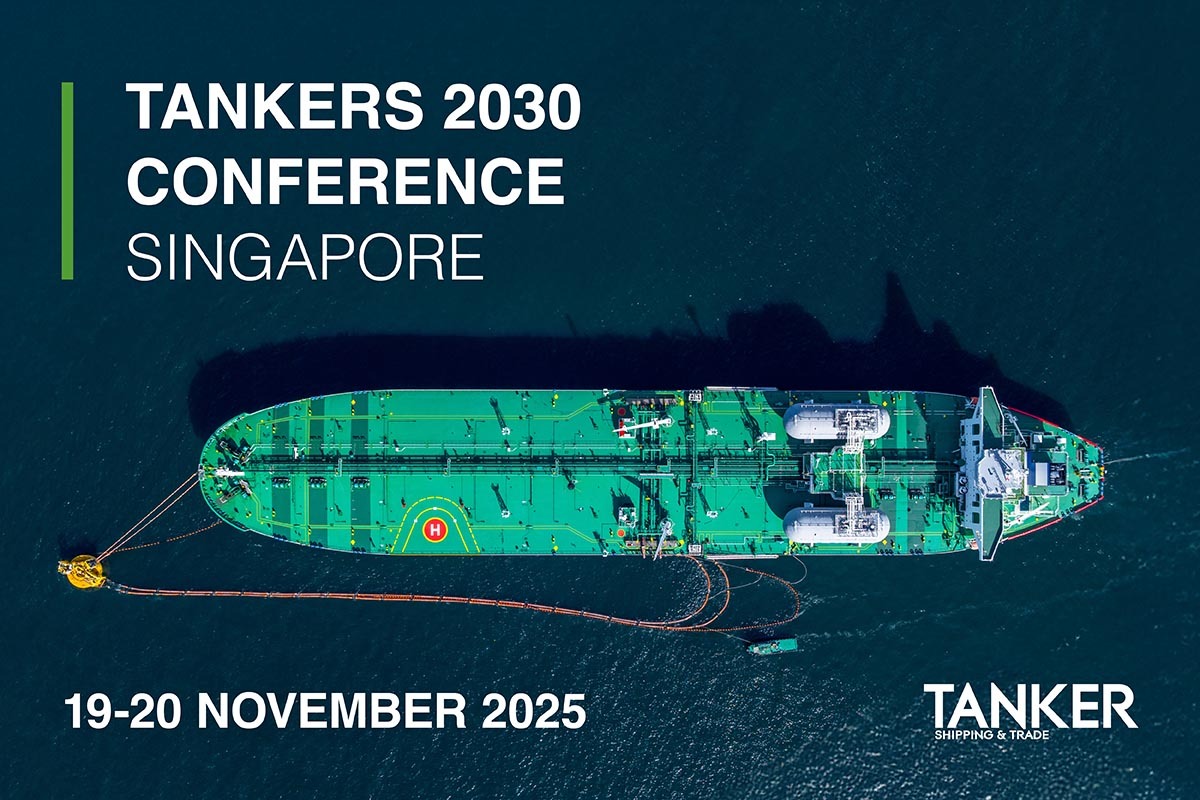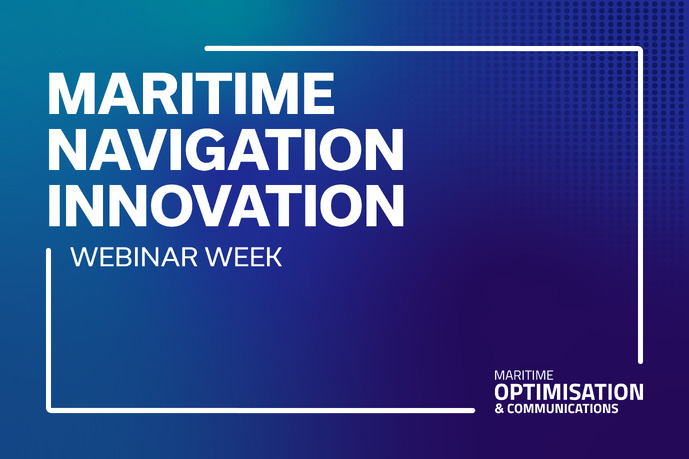Business Sectors
Events
Ship Recycling Webinar Week
Contents
Register to read more articles.
Shipping is the missing link in the CCS value chain
What is required to deploy CO2 shipping and carbon capture and storage technology at scale was a central theme of Riviera Maritime Media’s September CO2 Shipping & Carbon Capture and Storage (CCS) Conference, Asia, held in association with DNV, at the Conrad Centennial Hotel in Singapore
DNV business director gas carriers and FSRU, Martin Cartwright said that while CCS has been discussed for decades, large-scale implementation is still in its infancy. Currently, only about 40M tonnes of CO2 per year is being captured globally through CCS projects. However, the IEA and IPCC estimate billions of tonnes will need to be captured annually by 2050 to reach net-zero emissions.
Mr Cartwright noted the significant shortage of infrastructure, and distribution challenges. Today, there are only a handful of liquid CO2 (LCO2) vessels operating to transport pure CO2 for the food and beverage industry. Transporting CO2 for storage will require a massive investment in new vessels dedicated to this specific trade. That said, the industry’s first movers are starting to show their hands.
"The first dedicated vessels for carbon capture and storage purposes are already under construction and will be delivered in 2024," he said. "They will be deployed on the Northern Lights project in Norway. In addition, this summer, the Greek owner Capital Gas Ship Management Corp has ordered the first-ever state-of-the-art 22,000-m3 liquid CO2 carriers at Hyundai Mipo Dockyard, South Korea for delivery 2025-2026." Ecolog has also announced plans for 65 vessels to hit the water by 2035, with the first one scheduled for 2027.
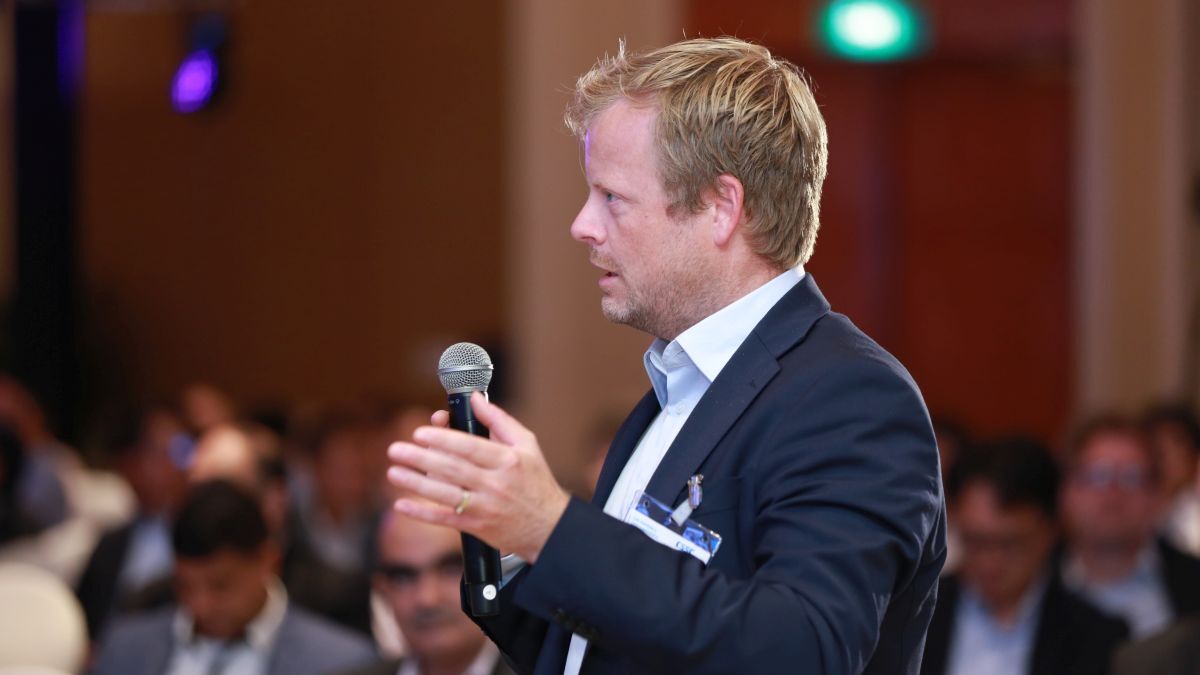
Responding to a question about ordering low-pressure CO2 ships and availability timelines, DNV CO2 shipping business development director Mathias Sørhaug said qualification of material suited for LCO2 is essential to cut costs for large LCO2 vessels. DNV, together with Shell, Equinor, Total and Gassco is addressing this, and other challenges with large CO2 carriers, through the CO2 Efficient Transport via Ocean (CETO) project. This is a large joint industry project funded partly by the project partners and partly by a Norwegian government funding scheme dedicated to supporting the development of CCS technologies.
Mr Sørhaug was equally clear that calls for converting existing LPG tankers were misguided, stating, "We need new vessels to support this market that are designed for the specific properties of liquid CO2". Turning CO2 into a tradeable commodity will help catalyse fleet growth, he added.
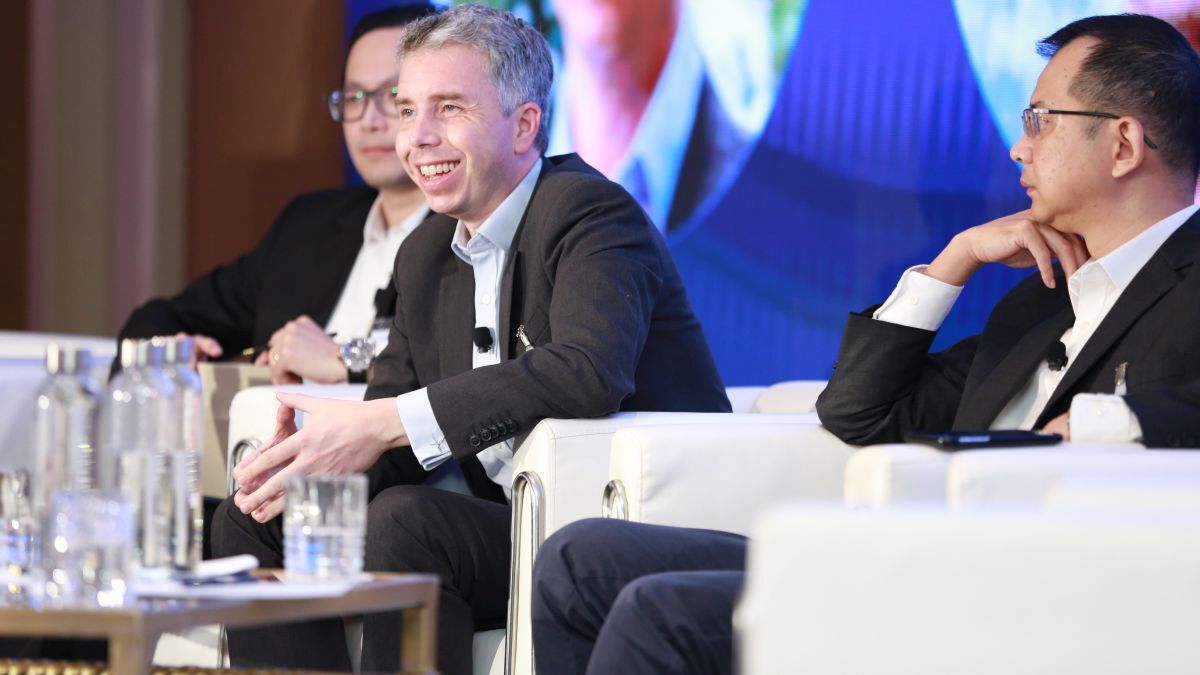
DNV regional head of sales, energy systems, James Laybourn said the permanent storage of CO2 underground poses challenges. While oil companies have decades of experience injecting and monitoring CO2 in depleted gas fields, there is still work to do on public perceptions of risk around large-scale storage.
"We are confident there is large potential capacity for global storage of CO2 in depleted fields and saline aquifers," he said. "In each case, the potential site needs to undergo rigorous evaluation and testing to ensure the site is suitable and safe for the permanent storage of CO2. Such assessment and verification processes are utilised to ensure all key stakeholders can be confident of the storage site integrity during the CO2 injection process and also after the site is sealed." He also emphasised that governments and companies are putting rigorous monitoring regimes in place to ensure safe, secure containment of injected CO2.
Speakers also discussed opportunities to develop regional CCS hubs, especially in southeast Asia. This involves aggregating CO2 from multiple industrial facilities via ships to centralised injection sites – a model being pioneered in northern Europe’s Northern Lights project.
Mr Laybourn explained that realising a CCS hub for Singapore would require the development of a full value chain, including pipelines, liquefaction plants, jetties and CO2 carriers to get captured emissions to offshore storage sites. The opportunity for Singapore as a CCS hub is that the sequestration sites are already being developed in the surrounding region.
"The value chain needs to consider two parts," he said. "The first part is the development of the sequestration sites themselves... The second part is the infrastructure to capture and transport the CO2 to the field. All of these elements of the value chain need to be developed to support CCS in Singapore. The transport will depend on adequate shipping infrastructure and the regulatory framework to enable international transport of CO2."
Presenters also highlighted that cost is critical to ensure a commercially viable value chain. Government incentives like carbon pricing can be critical to spurring CCS, given the high costs. While carbon prices in Europe are approaching levels that make projects economically viable, carbon taxes in Asia remain far lower and therefore greater efforts will be required to reduce the cost of the value chain. Examples here include sharing infrastructure between multiple sources (as a hub) and repurposing existing infrastructure.
Various regulatory drivers and policies are also pushing CCS forward. Mr Cartwright noted the need to "focus on the areas where we are actually emitting the CO2. There are technologies and massive companies that are recording and reporting all the emissions of CO2 globally. We also see that areas with mature oil and gas industries in place are taking the lead, as it is much easier for them to capture CO2."
Overall, the conference highlighted the scale of the challenge in ramping up CCS to meet climate goals. Key next steps include building out shipping capabilities, aggregating infrastructure into hubs, proving storage site capacities, and enacting policies to improve project economics.
While CCS is not a silver bullet, the conference consensus was CCS and CO2 shipping will play an indispensable role in decarbonising hard-to-abate sectors.
Related to this Story
Events
Ship Recycling Webinar Week
International Bulk Shipping Conference 2025
Tankers 2030 Conference
Maritime Navigation Innovation Webinar Week
© 2024 Riviera Maritime Media Ltd.
